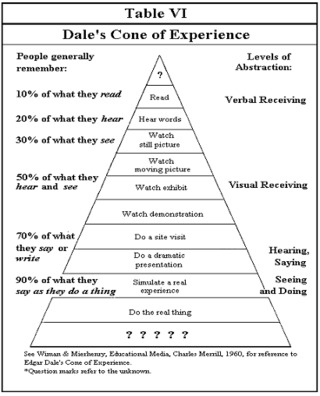Inner-Stress Management
Question? What makes ?Inner-Stress Management? training different?
Answer? Online inneractive training and practice. ? click here to learn more?
Introduction
Inner-Stress Management, has been developed on the understanding that stress is not always a direct response to a stressor. Rather one?s resources and ability to manage the stress response. This allows changing the stress reaction, to a stress response.
Inner-Stress Management, requires identifying out feeling and patterns that are central to our life. Then by using the proven mindfulness based stress reduction, (MBSR) practices. We learn to understand and change our old reactions to unhealthy experiences to new responses that are healthier.
Lazarus and Folkman?s interpretation of stress focuses on the transaction between people and their external environment (known as the Transactional Model). The model contends that stress may not be a stressor if the person does not perceive the stressor as a threat. By recognizing our role in the possible over-reaction (self-stress) to the many unpleasant life experiences, we gain more inner-strength and self-confidence.
Also, if we use adequate stress management coping skills, then unhealthy stress may not actually be a result.? The model proposes that we can be taught to effectively manage our daily stressors. When we have the proper and safe training we can learn to change our perspective of the situation and provide our own the stress management skills to handle life’s many challenges.
Source- https://en.wikipedia.org/?
+++++++++++++++++++
Inner Stress? Management
Release Daily Stress
Rebalance? Emotions
Reduce Future Stress
Suggested Short Readings
PRACTICE
The Practice of “Stopping & Dropping”
(in progress)
APPLY
The more often we Stop & Drop, the more the nervous & hormonal systems come back into balance. Rather then being controlled from the emotion 2nd brain, all the parts of the brain came be more clearly be used. This allows for the cause of stressor to be investigate and understood. The more we understand about our own nature and the stressor the less stress we will produce.
Summary, the practice of ‘stopping & dropping’ is simple and effective. On the in breath we ‘stop, stop, stop’ and on the out breath we ‘drop, drop, drop.’ Stopping dos not mean we stop everything we are doing. We can still carry on a conversation, work etc. and drop into the present moment. We are only letting go of the emotions, the mind is holding onto. The challenge is in remember to do it.
